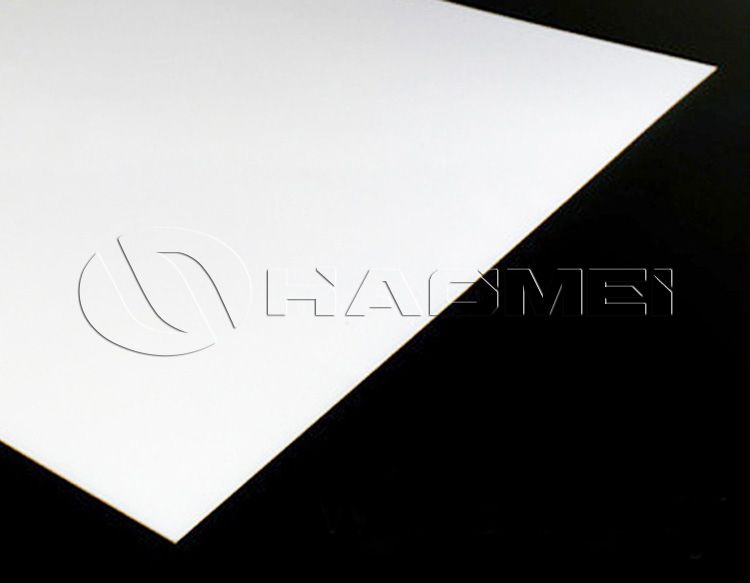
In the aviation field, the choice of materials is related to the safety and efficiency of flight. Every material used in aircraft manufacturing must undergo rigorous testing. 6061 and 7075 aviation aluminum are two of the most popular aluminum alloy materials. With their unique properties, they play a key role in different parts of the aircraft.

6061 aircraft aluminum belongs to the Al-Mg-Si alloy system and is widely used in aviation manufacturing. From the perspective of mechanical properties, 6061 aluminum has high strength and hardness after T6 heat treatment (quenching and artificial aging), with a yield strength of up to 276MPa, a tensile strength of about 310MPa, and a Brinell hardness of 95HB.
Its good toughness and fatigue resistance enable it to withstand various stress changes generated during flight and ensure the stability of the aircraft structure. In the manufacture of the aircraft fuselage frame, 6061 aluminum supports the overall structure of the aircraft with its own strength, while absorbing and dispersing the impact force encountered during flight to a certain extent.
The excellent processing performance of 6061 aluminum also brings convenience to aviation manufacturing. It is easy to machine and can accurately process various complex shapes of parts to meet the high-precision requirements of aviation design. In addition, 6061 aluminum has good weldability, which facilitates the assembly of aircraft parts, which is crucial for building large aircraft structures.
In terms of corrosion resistance, 6061 aluminum also performs well. Whether in humid low-altitude areas or in complex meteorological conditions at high altitudes, it can effectively resist corrosion, reduce the risk of damage to aircraft structures due to corrosion, and ensure the service life and flight safety of aircraft.
The most prominent feature of 7075 aluminum plate in aviation applications is its ultra-high strength. After proper heat treatment, its strength performance is extremely excellent, with a yield strength of up to 503MPa, a tensile strength of up to 572MPa, and a Brinell hardness of 150HB. Its strength is even better than many steels, and it is indispensable in the manufacture of some aircraft parts with extremely high strength requirements.
For example, the landing gear of an aircraft needs to withstand huge impact and weight during the take-off and landing of the aircraft. With its own high strength, 7075 aluminum can ensure that the landing gear remains structurally intact under such harsh conditions, providing reliable protection for the safe take-off and landing of the aircraft. The main load-bearing structural parts such as the wing beam of the aircraft are also often made of 7075 aluminum to meet the strict requirements for structural strength during flight.
When using 6061 and 7075 aluminum in the aviation field, a series of strict requirements and specifications need to be followed. From the perspective of material standards, it is necessary to comply with internationally or nationally recognized aviation material standards, such as the relevant aluminum alloy standards formulated by the American Society for Testing and Materials (ASTM), to ensure that the chemical composition, mechanical properties and other indicators of the material meet the requirements for aviation use.
In the aircraft manufacturing process, the quality control of 6061 and 7075 aluminum is extremely strict. Each batch of materials must undergo comprehensive testing, including chemical composition analysis, mechanical property testing (tensile testing, hardness testing, impact toughness testing, etc.), and non-destructive testing (such as ultrasonic testing, radiographic testing, etc.) to ensure that there are no defects inside the material and to ensure the quality and reliability of aircraft components.
In terms of component design, engineers will accurately calculate and select the appropriate specifications and states of 6061 or 7075 aluminum according to factors such as the stress conditions of different parts of the aircraft and the working environment.
For example, for aircraft interior parts that bear smaller loads and have higher requirements for processability and corrosion resistance, the T6 state of 6061 aluminum may be preferred; while for parts that bear high loads such as the main structural parts of the aircraft, the specific heat treatment state of 7075 aluminum will be selected to give full play to its high strength advantages. In addition, during the manufacturing process, the processing technology must also be strictly regulated.
Original Source:https://www.aircraftaluminium.com/a/6061-and-7075-aircraft-aluminum.html
Tags: 6061 Aircraft Aluminum ,
Contact Us